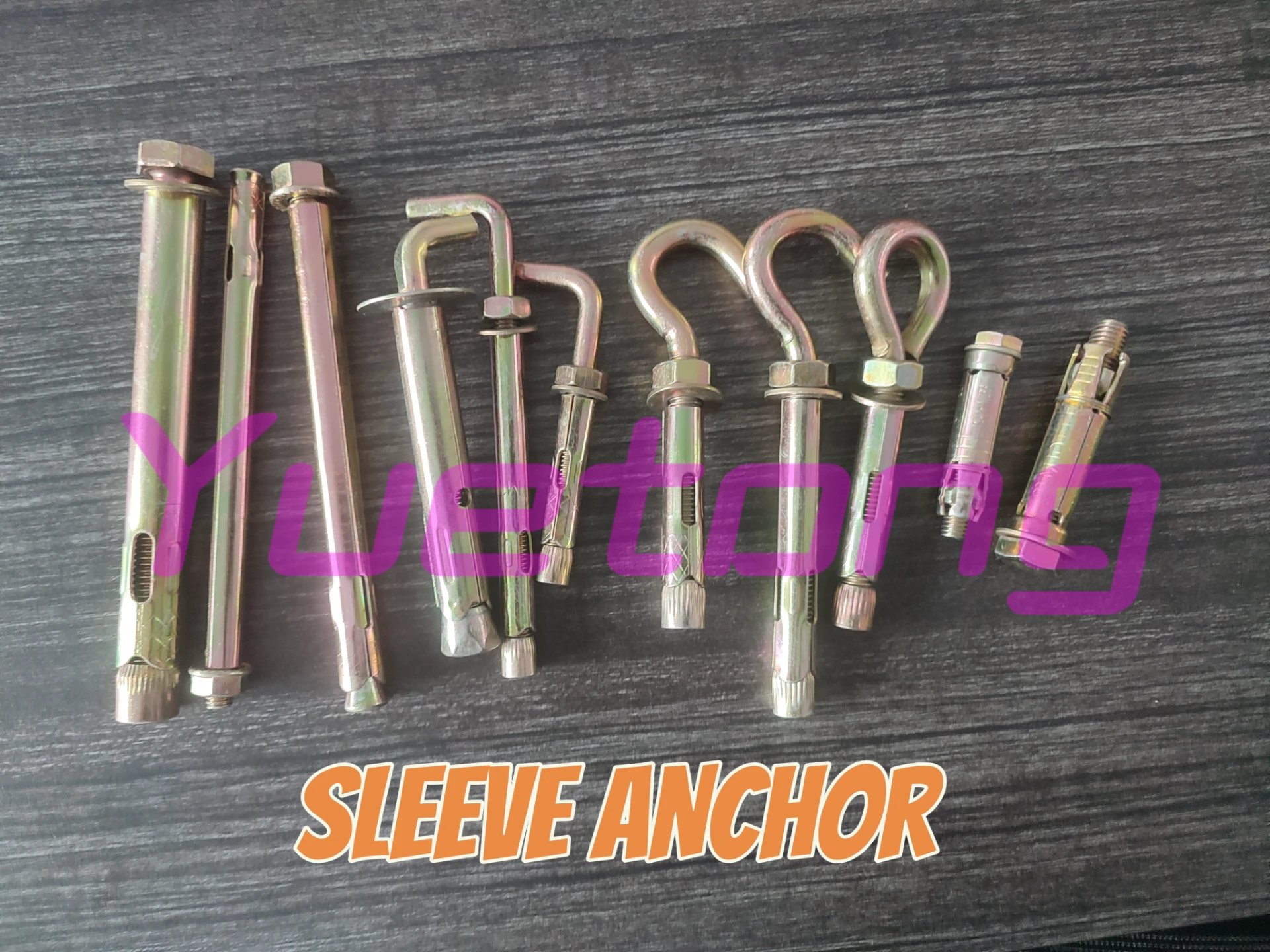Nov . 22, 2024 04:40 Back to list
wall screw anchor types
Understanding Wall Screw Anchor Types A Comprehensive Guide
When it comes to securing objects to walls, choosing the right anchor type is critical to ensure stability and durability. Among the various options available, wall screw anchors are widely used in both residential and commercial applications. This article will explore the different types of wall screw anchors, their applications, and best practices for installation.
What Are Wall Screw Anchors?
Wall screw anchors are fasteners that provide a secure hold in a wall when a screw is driven into them. They are particularly useful in situations where the wall material cannot support the weight of a load on its own. Common wall materials include drywall, concrete, brick, and plaster. Each type of wall anchor is designed to work with specific wall materials and load requirements.
Types of Wall Screw Anchors
1. Plastic Expansion Anchors
Plastic expansion anchors, also known as wall plugs or Rawl plugs, are among the most common types of wall screw anchors. They are made of durable plastic and work well with lightweight applications. The installation process is straightforward a hole is drilled into the wall, the anchor is inserted, and then a screw is twisted into the anchor, causing it to expand and secure itself against the wall.
Applications These anchors are ideal for hanging lightweight items such as pictures, frames, or small shelves on drywall.
2. Metal Expansion Anchors
Metal expansion anchors are similar to plastic ones but are designed to provide a more robust hold in heavier applications. These anchors usually consist of a metal sleeve that expands when a screw is inserted. They work well in solid masonry and concrete walls.
Applications Metal expansion anchors are suitable for installing heavier items like shelving units, television brackets, or bathroom fixtures.
3. Toggle Bolts
Toggle bolts are fixed with a spring-loaded mechanism that allows them to lock into place inside a wall. As the bolt is tightened, the toggle wings spread out and grip the backside of the wall material, creating a strong hold. They are particularly advantageous for hollow walls, such as drywall, where traditional anchors may fail.
wall screw anchor types

Applications Toggle bolts are excellent for heavy-duty installations like large mirrors, cabinets, or anything that requires substantial support.
4. Self-Drilling Anchors
Self-drilling anchors, also known as screw anchors or anchor screws, feature sharp tips and threads that allow them to be installed without pre-drilling a hole. They utilize a metal or plastic design to provide a secure grip in drywall, plaster, or even masonry.
Applications These anchors simplify installation, making them perfect for quick tasks like hanging lightweight shelves or hooks.
5. Sleeve Anchors
Sleeve anchors are versatile and can be used in various materials, including concrete, brick, and masonry. They consist of a bolt with a sleeve that expands as the bolt is tightened, locking the anchor in place. Sleeve anchors require a pre-drilled hole and are known for their strength and stability.
Applications They are ideal for attaching fixtures in exterior walls, such as retaining walls, benches, and large outdoor equipment.
Installation Tips
To ensure the best performance from wall screw anchors, following these installation tips is essential
- Choose the Right Anchor Ensure you select an anchor designed for your specific wall material and load requirement. - Drill Properly Use the correct drill bit for your anchor type and wall material. Pre-drill holes carefully to avoid damaging the wall. - Follow Load Ratings Every type of anchor comes with load ratings. Adhere to these guidelines to avoid failure. - Use Proper Tools Use the right tools, including a hammer, screwdriver, or drill, to drive the anchors securely without damaging the equipment.
Conclusion
Wall screw anchors provide a flexible solution for mounting various items in different wall materials. By understanding the types of wall screw anchors available and their appropriate applications, you can make informed decisions that ensure your projects are both secure and durable. Whether you're hanging art, installing shelves, or mounting fixtures, the right wall screw anchor will make all the difference in the success of your project.


